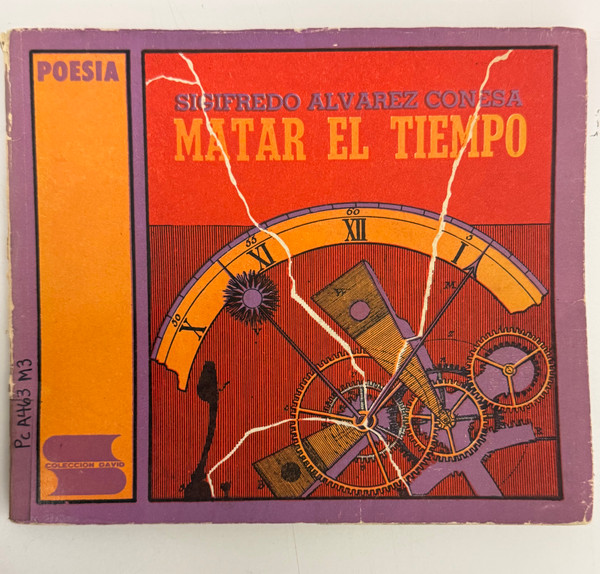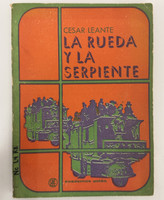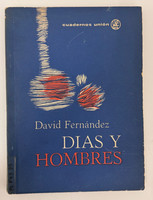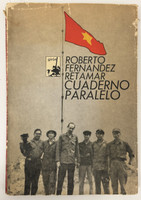- Travel
-
Exhibits
- La Portada Cubana
- Immortal Cuba: Artists Take on Their Heroes
- Seattle Poster Exhibit
- Sandra Dooley & Alejandrina Cué
- The Art of Wayacón
- Cuban Folk Art
- Cuba In Black And White
- 25 Years of Cuban Art Space
- Summer Folk Art Expo
- ¡SPRING AWAKENING FROM CUBA!
- Celebrating The Art Of Cuban Women
- Celebrating Paper, Affordable Art from Cuba
- Art of the Revolution
- Outsider Art
- Lost and Found
- En la lucha: Celebrating Cuban Women and Their Art
- Cuban Art Stash
- 100 Fires: 5 Cienfuegos Artists' Work on Paper
- Waya + Monte! Magic Realism in Cienfuegos
- Viva Cuba Viva! Poster Show
- Cultivando Sueños
- Black Lives Matter in Cuba Jan 9-March 27
- Leandro Soto: Crónicas visuales
- Cuban Canvas
-
Archive
- Global Reflection 2018: Spirit and Community
- Exhibit in the cloud: Contemporary Works on Paper
- MADE IN CUBA! MINNEAPOLIS EXHIBIT
- Cuban Posters and Photography from CCS collection
- AUTUMN SALE! Sept/Oct 2017
- SPRING ARTS AND CRAFT SALE
- Vuelo Directo/Non Stop: Alberto & Alejandro Lescay
- The Many Faces of Fidel
- Somos
- Made in Cuba!
- The US empire in Cuban graphics
- Made in Cuba/Seattle exhibit
- Entre Nos
- Looking Back
- Cuban Art Space
- Membership/Donate
- About Us
- Cuba News
-
The cover of "Matar el tiempo" (To Kill Time) presents Darío Mora's dynamic surrealist composition featuring intricate clockwork mechanisms pierced by dramatic white lightning bolts against a vibrant red-orange background. The mechanical imagery—showing detailed gears, clock faces, and temporal instruments—creates a powerful visual metaphor for the destruction or manipulation of time itself. Mora's design employs bold graphic style, with precise technical illustrations contrasted against explosive natural forces, perfectly capturing the tension between mechanical precision and organic disruption that runs through the poetry collection. The striking use of complementary colors and the integration of typography with imagery demonstrates the sophisticated visual approach that characterized UNEAC's Colección David series in the late 1960s.
Published as part of UNEAC's prestigious "Colección David" poetry series, this volume represents Sigifredo Alvarez Conesa's literary debut, having received an honorable mention in the 1967 David competition. The collection explores themes of temporality and resistance, as suggested by Francisco de Oraá's assessment that the work achieves "the creation of a verbal object resistant to its inevitable erosion"—a poetic strategy particularly resonant during the revolutionary period when artists sought to create lasting cultural monuments amid rapid social transformation.
Sigifredo Alvarez Conesa (b. 1938, Regla) initially pursued bachillerato studies before dedicating himself to theater, directing amateur groups in the provinces and later professional companies including "El Candil" and "Teatro Juvenil de La Habana." He has adapted various works for children's theater, demonstrating his commitment to revolutionary cultural education. "Matar el tiempo" marks his transition from theatrical direction to literary creation, bringing his dramatic sensibility to bear on poetic exploration. The collection's title suggests both the leisurely passage of time and its violent destruction—themes that would resonate with readers experiencing the accelerated pace of revolutionary change in 1960s Cuba, where traditional temporal rhythms were being fundamentally restructured by socialist transformation.
-
-
Discover More at the Center for Cuban Studies






![Unión de Escritores y Artistas de Cuba / UNEAC - Contemporáneos series (cover designer: Cecilia Guerra, design: Darío Mora, author: Eliseo Diego), "Versiones," [1960s]. Offset print, book.](https://cdn10.bigcommerce.com/s-ufzvo/products/5897/images/6480/IMG_9365__71401.1761520962.200.200.jpg?c=2)
